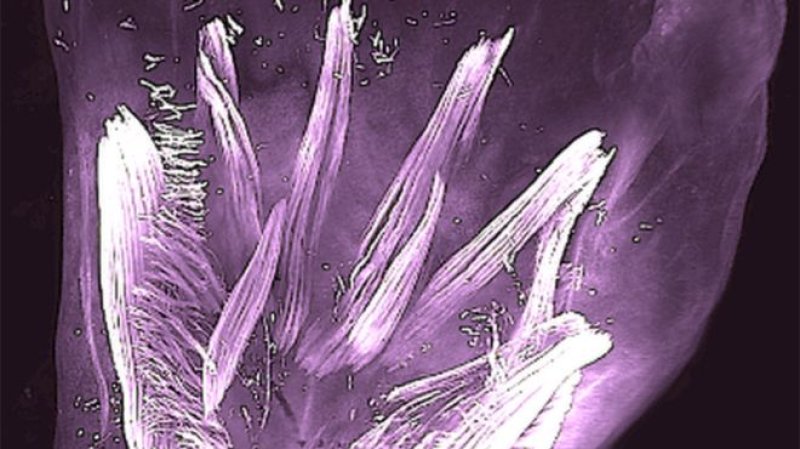The evolutionary journey of any species is littered with detours and dead-ends. Humans, for instance, have vestigial body parts that once served a function but are effectively useless nowadays (the appendix is typically singled out as a vestigial organ, though a better example might be our wisdom teeth).
…
In the hand and foot of a seven-week-old fetus, for instance, they were able to find 30 individual muscles. But by week 13 of gestation, a third of the muscles had vanished or fused together. A pair of these atavistic muscles, as they’re known, is called the dorsometacarpales. And though it’s still found in many limbed animals today, including lizards and salamanders, it seems to have stopped appearing in our adult ancestors 250 million years ago.
…
These remnant organs and parts are a nifty illustration of how evolution works over a long period of time. While we may not need a tail anymore, our genomes still contain the blueprint for it. And they even can reappear if someone is born with a rare mutation or is exposed to something in the womb that damages their development.
Read full, original post: Human Fetuses Develop Lizard-Like Body Parts That Disappear Before Birth































